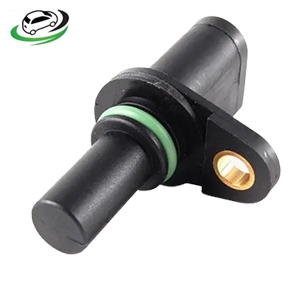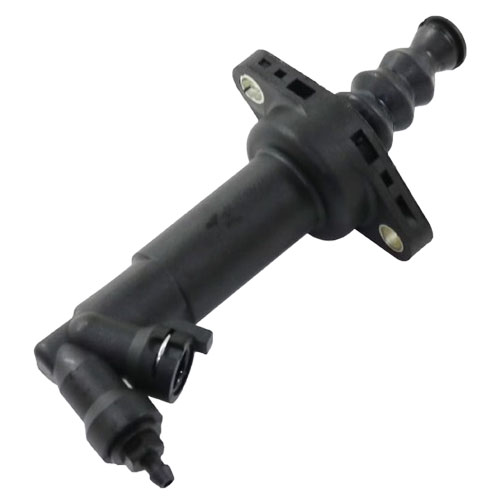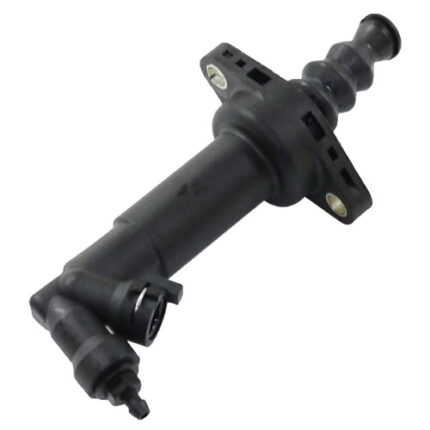-6%
Get VW Golf mk4 1.9TDI Diesel engine Clutch Slave Cylinder 1J0721261D in Kenya
The clutch slave cylinder is a crucial component in a vehicle’s hydraulic clutch system. It plays a vital role in ensuring smooth and reliable operation of the clutch, which is essential for shifting gears and controlling the vehicle’s power transmission. Understanding the function, components, common issues, and maintenance of the clutch slave cylinder is essential for maintaining optimal performance and preventing clutch-related problems.
Function of the Clutch Slave Cylinder
The primary function of the clutch slave cylinder is to actuate the clutch mechanism by converting hydraulic pressure into mechanical force. This process is essential for disengaging the clutch, which allows the driver to change gears smoothly and without grinding. Here’s a step-by-step overview of how the clutch slave cylinder works:
- Hydraulic Pressure Transmission: The clutch system uses hydraulic pressure to operate. When the driver presses the clutch pedal, it pushes hydraulic fluid from the master cylinder through the hydraulic lines to the slave cylinder.
- Push Rod Movement: Inside the clutch slave cylinder, the hydraulic fluid applies pressure to a piston or push rod. This pressure moves the piston, which in turn pushes the clutch fork or release bearing.
- Clutch Disengagement: The movement of the clutch fork or release bearing disengages the clutch plate from the flywheel, allowing the driver to shift gears without any mechanical interference.
- Gear Shifting: With the clutch disengaged, the driver can change gears. When the driver releases the clutch pedal, the hydraulic pressure is reduced, and the clutch slave cylinder returns to its original position, allowing the clutch plate to re-engage with the flywheel.
Components of the Clutch Slave Cylinder
The clutch slave cylinder typically consists of several key components that work together to achieve its function:
- Cylinder Housing: The cylinder housing is the main body of the slave cylinder, usually made from aluminum or cast iron. It encloses the internal components and is designed to withstand hydraulic pressure and mechanical stress.
- Piston or Push Rod: The piston or push rod inside the cylinder is pushed by hydraulic pressure. It transfers the force to the clutch fork or release bearing. The piston often has seals to prevent hydraulic fluid from leaking.
- Seal: The seal or seals within the slave cylinder prevent hydraulic fluid from leaking out and ensure smooth operation of the piston. These seals are usually made of rubber or elastomeric materials.
- Bleeder Valve: The bleeder valve allows for the removal of air from the hydraulic system. Air trapped in the hydraulic lines can cause a spongy or unresponsive clutch pedal, so bleeding the system is crucial for proper operation.
- Hydraulic Line Connection: The hydraulic line connection is where the slave cylinder connects to the hydraulic system. It allows hydraulic fluid to enter and exit the cylinder.
Importance of the Clutch Slave Cylinder
The clutch slave cylinder is essential for several reasons:
- Smooth Gear Shifting: The slave cylinder ensures smooth and accurate gear changes by disengaging the clutch when needed. Without a properly functioning slave cylinder, gear shifting can become difficult or impossible.
- Clutch Operation: The slave cylinder plays a direct role in the operation of the clutch system. A malfunctioning slave cylinder can lead to clutch slippage, difficulty engaging gears, or complete clutch failure.
- Driver Control: A well-functioning clutch slave cylinder allows the driver to have precise control over the clutch pedal and gear changes, contributing to overall driving comfort and safety.
- Prevention of Gear Grinding: By ensuring proper clutch disengagement, the slave cylinder prevents gear grinding and potential damage to the transmission.
Common Issues with the Clutch Slave Cylinder
Despite its importance, the clutch slave cylinder can experience several issues over time. Common problems include:
- Leaking Fluid: One of the most common issues is leaking hydraulic fluid. This can occur due to damaged seals or cracks in the cylinder housing. A fluid leak can lead to a loss of hydraulic pressure, resulting in a non-responsive clutch pedal.
- Air in the System: Air trapped in the hydraulic system can cause a spongy or soft clutch pedal. This issue is typically resolved by bleeding the hydraulic system to remove the air.
- Sticking or Binding: The piston or push rod inside the slave cylinder can become stuck or bind due to contamination, corrosion, or internal wear. This can result in difficulty disengaging the clutch or inconsistent clutch pedal feel.
- Failure of Internal Seals: The internal seals within the slave cylinder can wear out or become damaged over time. This can lead to fluid leakage, reduced clutch performance, and potential damage to other clutch components.
- Clutch Pedal Issues: Problems with the slave cylinder can lead to a heavy, soft, or unresponsive clutch pedal. If the pedal feels different from normal, it may indicate an issue with the slave cylinder or the hydraulic system.
Signs of a Failing Clutch Slave Cylinder
Recognizing the signs of a failing clutch slave cylinder can help prevent more serious problems and ensure timely repairs. Common symptoms include:
- Difficulty Shifting Gears: If you experience difficulty shifting gears or if the transmission seems to grind when changing gears, it could be due to a malfunctioning clutch slave cylinder.
- Soft or Spongy Clutch Pedal: A soft or spongy clutch pedal may indicate air in the hydraulic system or a problem with the slave cylinder. The pedal should feel firm and responsive when pressed.
- Clutch Pedal Sticking: If the clutch pedal sticks or does not return to its normal position, it could be due to internal binding or failure of the slave cylinder.
- Fluid Leaks: Visible signs of hydraulic fluid leakage around the clutch slave cylinder or on the ground beneath the vehicle can indicate a problem with the cylinder’s seals or housing.
- Unusual Noises: Grinding, whining, or other unusual noises when operating the clutch can signal a problem with the slave cylinder or related components.
Maintenance and Replacement of the Clutch Slave Cylinder
Proper maintenance and timely replacement of the clutch slave cylinder are essential for ensuring optimal clutch performance and preventing further issues. Here are some tips for maintaining and replacing the slave cylinder:
- Regular Inspection: During routine vehicle maintenance, inspect the clutch slave cylinder and the surrounding area for signs of leakage, corrosion, or damage. Ensure that the hydraulic lines and connections are secure and in good condition.
- Check Fluid Levels: Regularly check the hydraulic fluid levels in the clutch master cylinder reservoir. Low fluid levels can indicate a leak or other issues in the hydraulic system.
- Bleeding the System: If you experience a soft or spongy clutch pedal, bleed the hydraulic system to remove trapped air. Follow the manufacturer’s guidelines for bleeding the system, or seek professional assistance if needed.
- Replace Faulty Components: If the clutch slave cylinder is leaking, sticking, or otherwise malfunctioning, it should be replaced promptly. Follow the manufacturer’s recommendations for the replacement procedure, and ensure that the new cylinder is properly installed and bled.
- Professional Assistance: If you are unsure about the condition of the clutch slave cylinder or how to perform maintenance or replacement, consult a professional mechanic. They can diagnose the issue accurately and ensure proper repair or replacement.
Follow us on Facebook for more parts.




